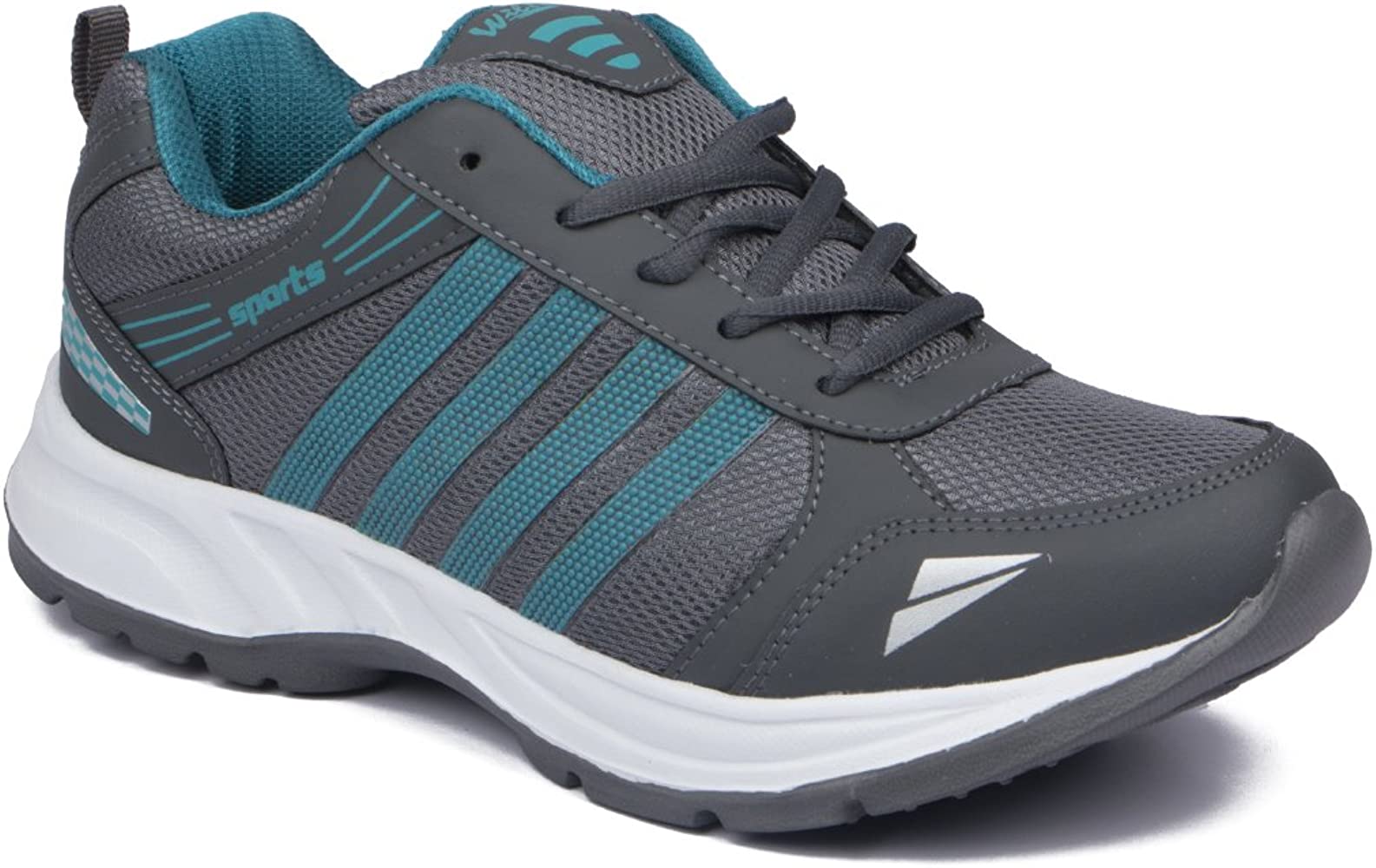Introduction
Sports shoes, also known as athletic footwear or sneakers, have come a long way since their humble beginnings as practical footwear designed for specific sports activities. Today, they have evolved into a global fashion phenomenon that transcends athletic pursuits. In this article, we will explore the fascinating journey of sports shoes, from their functional origins to their status as stylish icons in the world of fashion. We will delve into the technology, design innovations, and cultural impact that have shaped sports shoes into the diverse and versatile footwear we know today.
Early Origins and Functionality
1.1. Ancient Athletic Footwear
The concept of sports shoes dates back to ancient times when various civilizations crafted rudimentary footwear to aid in running, jumping, and other physical activities. The Greeks, for instance, used leather and woven materials for running and jumping events during their ancient Olympics.
1.2. Rise of Sports-Specific Footwear
As sports evolved, so did the need for specialized footwear. In the 19th century, manufacturers began creating sports-specific shoes. For example, the first rubber-soled athletic shoes were developed to provide better traction for athletes playing sports like tennis and cricket.
1.3. The Creation of Sneakers
The term “sneakers” emerged in the late 19th century due to the silent rubber soles, which allowed wearers to move stealthily without making noise. Keds, introduced in 1916, is often considered the first mass-produced sneaker, marking the beginning of sneakers’ commercial success.
Technological Advancements in Sports Shoes
2.1. Rubber Sole Technology
The introduction of vulcanized rubber in the mid-19th century revolutionized sports footwear. This innovation provided better grip, traction, and shock absorption, significantly improving athletic performance.
2.2. Air Cushioning
In the 1970s, Nike introduced air cushioning technology in their sneakers, with the iconic Air Max line being the first to feature visible air pockets. This innovation enhanced comfort and impact protection, setting a new standard for athletic footwear design.
2.3. Lightweight Materials
Advancements in material science led to the development of lightweight and breathable fabrics such as nylon, mesh, and synthetic leather. These materials reduced the overall weight of sports shoes, further enhancing performance and comfort.
2.4. Advanced Support and Stability
Sports shoe brands incorporated features like arch support, pronation control, and ankle stabilization to cater to the specific needs of different sports and foot types, reducing the risk of injuries.
The Influence of Sports Icons
3.1. Michael Jordan and the Air Jordan Phenomenon
In the 1980s, Nike’s partnership with basketball legend Michael Jordan led to the creation of the iconic Air Jordan line. The Air Jordans not only revolutionized basketball shoe design but also ignited the trend of sports shoes as a status symbol and cultural icon.
3.2. Endorsements and Brand Collaborations
Over the years, sports shoe brands collaborated with athletes, musicians, and celebrities to create limited-edition and exclusive designs, driving demand and elevating the status of sports shoes in popular culture.
Sports Shoes as Fashion Statements
4.1. Athleisure Trend
The rise of the athleisure trend in the 21st century blurred the lines between sportswear and everyday fashion. Sports shoes became an essential component of casual outfits, worn for both comfort and style.
4.2. Sneaker Collecting and Resale Market
Sneaker collecting became a popular hobby among enthusiasts, driving the creation of rare and limited-edition releases. The resale market for coveted sneakers also flourished, with some pairs fetching exorbitant prices.
4.3. Sneaker Culture and Subcultures
The sneaker culture has given rise to various subcultures and communities, fostering a sense of belonging and identity among enthusiasts who share a passion for sports shoes.
Sustainability and Ethical Concerns
5.1. Environmentally Conscious Design
In recent years, sports shoe manufacturers have taken steps to address sustainability concerns. They have explored eco-friendly materials and manufacturing processes to reduce their environmental impact.
5.2. Ethical Production Practices
Consumers have become increasingly conscious of the ethical implications of their purchases. Many sports shoe brands now prioritize ethical labor practices and transparency in their supply chains.
Future Innovations and Trends
6.1. Smart Technology Integration
The integration of smart technology, such as fitness trackers and biomechanical sensors, into sports shoes is expected to revolutionize the way athletes monitor their performance and health.
6.2. Customization and 3D Printing
Advancements in 3D printing and customization technologies may allow consumers to design and create personalized sports shoes tailored to their unique preferences and requirements.
6.3. Continued Fusion of Fashion and Function
The fusion of fashion and function is expected to continue, as sports shoes remain a symbol of style and status while continuing to evolve with innovative performance-enhancing features.
Conclusion
Sports shoes have traversed a remarkable journey from their utilitarian origins to becoming global fashion icons. Advancements in technology, endorsements from sports icons, and the rise of sneaker culture have all played pivotal roles in shaping their trajectory. As the worlds of fashion and sports continue to converge, sports shoes will likely remain at the forefront of style and performance, representing the perfect amalgamation of form and function. As we move into the future, the world of sports shoes will undoubtedly continue to surprise us with cutting-edge innovations and fresh trends that redefine both the fashion and sports industries.











